Health Benefits Of Sugar Snap Peas You Should Know About
Crunch your way to improved immunity, reduced fatigue, and better vision.

Image: iStock
Sugar snap peas are formed from a cross between the garden peas and snow peas. The many sugar snap peas benefits arise from this unique hybrid nature. In contrast to other varieties of peas, sugar snap peas are sweeter, tastier, and you can eat the whole pod. You can add them to various dishes, including salads and stir-fries. They are also packed with nutrients and health benefits. Let’s find out how you can use them. Read on.
 Know Your Ingredient: Sugar Snap Peas
Know Your Ingredient: Sugar Snap PeasIn This Article
Are Sugar Snap Peas Good for You?
Yes, sugar snap peas are starchy and nutrient-dense vegetables and can be eaten raw, cooked, or steamed. They have a crunchy texture, and you can eat the entire pod. The good part is that the glycemic load of sugar snap peas is 5, so they will not increase your sugar levels. Check out the nutrient profile of sugar snap peas in the next section.
Key Takeaways
- Sugar snap peas are nutrient-dense, starchy vegetables that can be consumed raw, cooked or steamed. You may use them in various dishes, such as salads and stir-fries.
- These peas enhance the immune system, promote digestion and gastrointestinal health, reduce fatigue, lower the risk of cardiovascular disease, and protect vision.
- When eaten in moderation, sugar snap peas may be harmless. However, excess intake may cause minor adverse effects such as bloating, worsening diarrhea, itchy throat, and coughing.

Sugar Snap Peas Nutrition
A hundred grams of sugar snap peas contain (1):
Calories | 41 kcal |
Protein | 2.35 g |
Total lipids (fat) | 0 g |
Carbohydrate | 7.06 g |
Dietary Fiber | 2.4 g |
Sugar | 3.53 g |
Calcium, Ca | 44 mg |
Iron, Fe | 2.35 mg |
Potassium | 200 mg |
Vitamin K | 24.5 mcg (31% of daily value) |
Vitamin A | 1065 IU (21% of daily value) |
Vitamin C | 58.8 mg (98% of daily value) |
These antioxidant-rich green vegetables contain many vitamins and minerals that contribute to their many health benefits. Let’s take a look at them.
Health Benefits Of Sugar Snap Peas
1. Improve Bone Health
Sugar snap peas contain vitamin K, which helps maintain bone health, increases bone mineral density, and reduces fracture rate in people with osteoporosisi A bone disease that develops when bone mineral density and bone mass decrease making them susceptible to fracture.
(2). Pea proteins contain biopeptidesi A group of biological molecules that are formed by altering the protein fragments chemically. They serve as cell food. , which promote osteoblast proliferation (cells that make the bone) and differentiation and procollageni A precursor of collagen, a structural protein. It is converted into collagen by an enzyme called peptidase. development to improve bone function in people with osteoporosis (3).
2. Boost Immunity
Sugar snap peas contain vitamin C, an antioxidant that supports various cellular functions and boosts the immune system.
It supports epithelial barrier function, which is crucial to protect the body against pathogens (4). Adequate intake of vitamin C can reduce the risk of pneumoniai An inflammation in your lungs where the air sacs may get filled with pus or fluid due to bacterial, fungal, or viral infection. , malaria, and diarrhea in children (5).
 Trivia
Trivia3. May Boost Gastrointestinal Function And Health
Sugar snap peas contain fiber, which is crucial for improving digestion and gastrointestinal health.
They promote overall gut health and functions like nutrient absorption, stool formation, and functions of gut-friendly microbes (6) (7).
4. May Prevent Fatigue
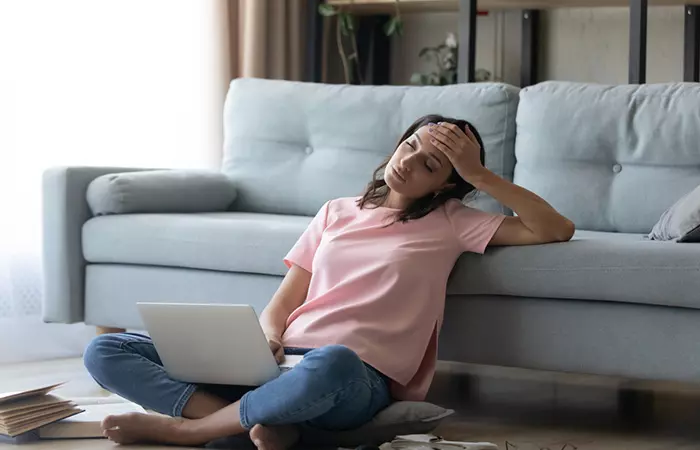
Animal studies found that pea peptides significantly reduced fatigue. Consuming peas also decreased blood urea nitrogen (BUN) and lactic acid levels in the blood (8). Blood urea nitrogen and lactic acid are produced during ATP metabolism (the energy source for cell function) and cause fatigue (9).
5. May Decrease The Risk Of Cardiovascular Diseases
Sugar snap peas are low in calories and do not contain fat, which makes them heart-friendly.
Pea fiber can reduce postprandial (post-meal) triglyceridei A type of fat that your body makes, gives you energy, and is stored in your blood. You can also get it from the foods you eat. buildup in the body, which is one of the major causes of cardiovascular disease, and improve heart health (10), (11).
6. May Help Protect Vision

Peas contain lutein and zeaxanthin, which can protect the eyes from macular degeneration, a condition that affects the macula in the retina and causes vision-related issues. Therefore, peas can be immensely beneficial in improving eye health (12). In addition, much anecdotal evidence suggests that these plant-based low-calorie snacks exhibit anti-inflammatory properties and help in cancer prevention and blood sugar control while also improving skin health. However, limited data is available in this regard. Sugar snap peas are available in spring (April to June). Fresh snap peas are light green and have a sweet aroma. You can consume them raw or cooked. Here is how you can add them to your diet
How To Eat Sugar Snap Peas: Healthy Recipes You May Try

Sugar snap peas are incredibly versatile and can be enjoyed in a variety of ways. Here are some popular preparation methods:
- Simply steam them for a few minutes until they are tender-crisp.
- Sauté them with a little butter or olive oil and garlic and herbs to make a delicious side dish.
- Sugar snap peas can also be enjoyed raw as a crunchy and refreshing snack.
Plus, you can roast them, pickle the entire pods, and add them to stir-fried dishes. Here are some tasty recipes you may try:
1. Sugar Snap Peas Stir Fry
What You Need
- 200 g of sugar snap peas
- 1 tablespoon of sesame seeds
- 1 tablespoon of sesame oil
- 3 tablespoons of olive oil
- 2 chopped garlic cloves
- 1 teaspoon of chopped ginger
- 20 mL water
- 1/4 teaspoon of pink salt or iodized salt
Method
- Dry roast the sesame seeds on low heat.
- Warm olive oil on medium heat and fry chopped garlic and ginger for two minutes.
- Add the peas and stir fry them for a minute.
- Add the water, cover the pan with a lid, and cook for three minutes.
- Sprinkle salt and sesame oil for the finishing touch.
2. Sauteed Sugar Snap Peas And Tofu

What You Need
- 300 g of sugar snap peas
- 100 g of tofu
- 4 tablespoons of olive oil
- 1 teaspoon of chopped ginger
- ½ tablespoon of minced garlic
- ½ teaspoon of mustard seeds
- 1 teaspoon of salt
Method
- Warm olive oil on medium heat. Add the tofu pieces, chopped ginger, and garlic. Fry for two minutes.
- Add the mustard seeds, let them splutter, and then add the snap peas. Sauté for five minutes.
- You can also add boiled potatoes to the recipe or serve mashed potatoes on the side to make it one wholesome meal.
3. Honey Glazed Carrots and Sugar Snap Peas
What You Need
- 200 g of sugar snap peas
- 1 large carrot (thinly sliced)
- 4 tablespoons of honey
- 2 tablespoons of butter
Method
- Add butter to a frying pan. Add the carrots and fry for a few minutes on medium heat.
- Add the sugar snap peas and fry on medium heat until they are crisp.
- Add honey, stir for another minute, and serve hot.
A blogger in her blog post shares a recipe for sugar snap peas in Indian style. She says “I wanted to use the sugarsnap peas in making something very Indian, and that is how this stir-fry came about. It was a delight to cook, this stir-fry – it came together within minutes! It tasted simply lovely – sweet and spicy and slightly tangy – and made for a gorgeous, different-from-the-usual accompaniment to the phulkas I served them with (i)”.
 Trivia
TriviaHow To Store Sugar Snap Peas
- Always buy bright green and glossy peas, without any yellowing or speckled areas. Avoid the ones with loose peas rattling inside the pod.
- For storing, wash them with water, wipe them or air dry, and then put them in perforated plastic bags or glass containers. You can refrigerate them – however, use them within a week.
- You can also freeze them. Wash the sugar snap peas, pat them dry, and thaw them. Transfer the thawed peas to a plastic bag and seal it tightly. You can use frozen sugar snap peas for a month. Discard them if they turn sticky or give out a foul smell.
Sugar snap peas are possibly safe when consumed in moderation. However, they may cause minor side effects when consumed in excess.
Side Effects Of Sugar Snap Peas
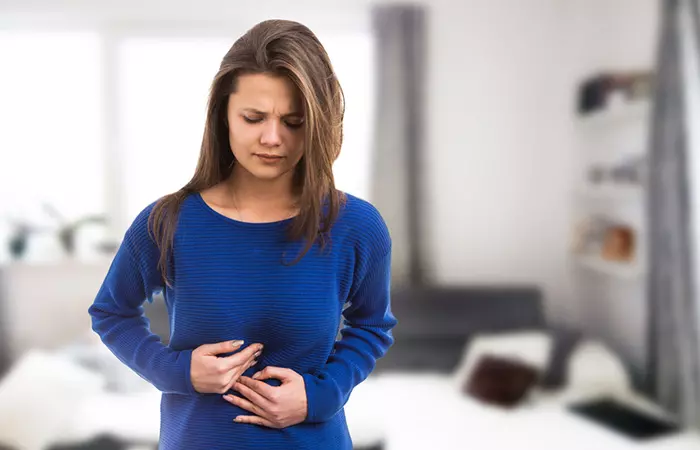
1. May Cause Bloating Sugar snap peas are rich sources of dietary fiber, and excess dietary fiber may cause bloating (13). 2. May Worsen Diarrhea Anecdotal evidence suggests that sugar snap peas may worsen diarrhea and cause abdominal cramps and stomach discomfort. 3. May Cause An Itchy Throat If you are allergic to sugar snap peas and legumes, it may cause an itchy throat and coughing. Usually, these symptoms subside on their own once you stop eating sugar snap peas. However, if the symptoms persist after 48 hours, consult your doctor immediately.
Both sugar snap peas and snow peas are nutritional powerhouses. While the two may appear similar, they have key differences. Learn more in the next section.
Sugar Snap Peas Vs. Snow Peas
Sugar snap peas are plumper and contain developed peas inside. They are sweeter and have a slightly crunchy texture.
Snow peas, on the other hand, have flatter pods with very tiny, underdeveloped peas. They are known for their delicate, crisp texture and milder, grassy flavor.
Both can be used in stir-fries, pasta, hummus, and salads. Which of the two you need to use depends on your preferences and the specific culinary dish you want to prepare.
Infographic: 5 Ways Sugar Snap Peas Improve Health
Sugar snap peas are often relished in Chinese cuisines and known for their crisp texture and subtle taste. And while the majority of people enjoy this legume, very few remember its major benefits. Check out the infographic below to read through the different ways they help improve your health. Save and share it with all your friends!
Some thing wrong with infographic shortcode. please verify shortcode syntaxAlso, be aware if you are allergic to these.
Frequently Asked Questions
Do sugar snap peas make you gain weight?
No. Many anecdotal studies suggest that sugar snap peas may help with weight loss due to their low calorie and fat content.
Can you eat the shell of snap peas?
Yes. You can eat the shell of snap peas. In general, the whole pod of snap peas is edible. However, strings along the edges are removed before consumption.
What is the difference between snap peas and snow peas?
Sugar snap peas are a cross between garden peas and snow peas. Unlike flatter snow peas, snap peas are slightly tender with a sweet flavor and have a thicker, crunchy pod.
Can I boil sugar snap peas?
Yes. A quick blanching of sugar snap peas in boiling water is needed before eating.
What’s the difference between snap peas and edamame?
Snap peas can be eaten whole and have a slightly sweet taste. Edamame has a bitter taste, and you can eat only the pods.
Illustration: Sugar Snap Peas: Nutrition Facts, Benefits, And Possible Risks
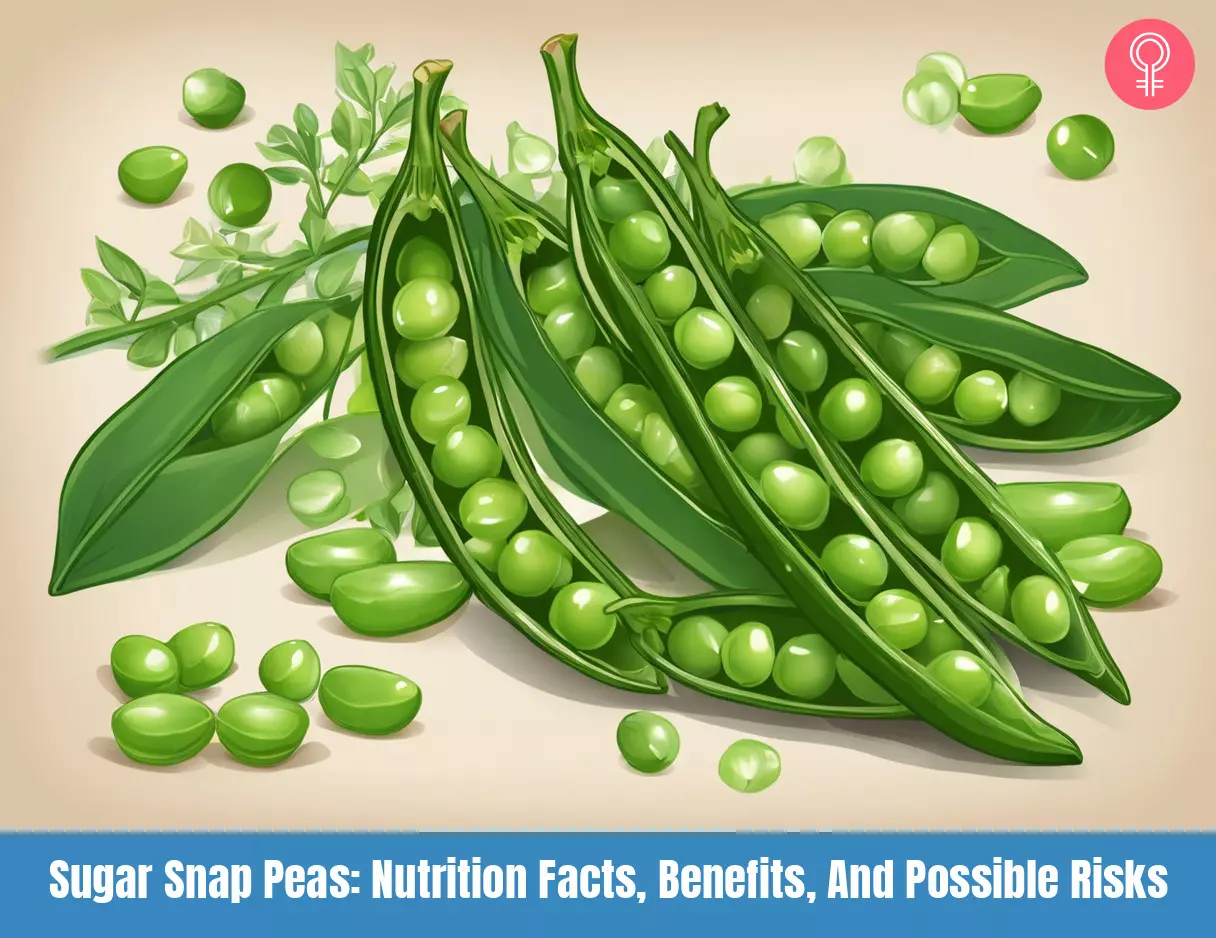
Image: Stable Diffusion/StyleCraze Design Team
Unveil the nutritional value and health benefits of sugar snap peas in this insightful video. Explore how this delicious vegetable can enhance your overall health and nutrition.
Personal Experience: Source
StyleCraze's articles are interwoven with authentic personal narratives that provide depth and resonance to our content. Below are the sources of the personal accounts referenced in this article.
i. Sugarsnap Peas Stir-Fry, Indian Stylehttps://thephotowali.wordpress.com/2019/05/08/sugarsnap-peas-stir-fry-indian-style/
References
Articles on StyleCraze are backed by verified information from peer-reviewed and academic research papers, reputed organizations, research institutions, and medical associations to ensure accuracy and relevance. Read our editorial policy to learn more.
- Sugar Snap Peas https://fdc.nal.usda.gov/fdc-app.html#/food-details/509255/nutrients
- Vitamin K and bone health https://pubmed.ncbi.nlm.nih.gov/11684396/
- Pea Protein Derived Bioactive Peptides Stimulate Bone Health-Promoting Effects https://era.library.ualberta.ca/items/9cbbc994-c63d-4804-90f3-2547cc73d004/view/cb10a674-7f7c-4165-b7d9-a446c40993fa/Arora_Harshita_202002_MSc.pdf
- Vitamin C and Immune Function https://www.ncbi.nlm.nih.gov/pmc/articles/PMC5707683/
- Immune-enhancing role of vitamin C and zinc and effect on clinical conditions https://pubmed.ncbi.nlm.nih.gov/16373990/
- Review of the health benefits of peas (Pisum sativum L.) https://pubmed.ncbi.nlm.nih.gov/22916813/
- Dietary fiber in gastrointestinal health and disease https://pubmed.ncbi.nlm.nih.gov/33208922/
- Anti-fatigue effects of pea ( Pisum sativum L.) peptides prepared by compound protease https://pubmed.ncbi.nlm.nih.gov/33967323/
- Muscle fatigue: general understanding and treatment https://www.ncbi.nlm.nih.gov/labs/pmc/articles/PMC5668469/
- Postprandial Lipemia as Cardiovascular Disease Risk Factor https://www.intechopen.com/chapters/69909
- Pea fiber lowers fasting and postprandial blood triglyceride concentrations in humans https://pubmed.ncbi.nlm.nih.gov/16856319/
- The Effect of Lutein on Eye and Extra-Eye Health https://www.ncbi.nlm.nih.gov/labs/pmc/articles/PMC6164534/
- Management Strategies for Abdominal Bloating and Distension https://www.ncbi.nlm.nih.gov/labs/pmc/articles/PMC4991532/
Read full bio of Shivani Sikri
Read full bio of Aparna Mallampalli
Read full bio of Ravi Teja Tadimalla
Read full bio of Moksha Gandhi






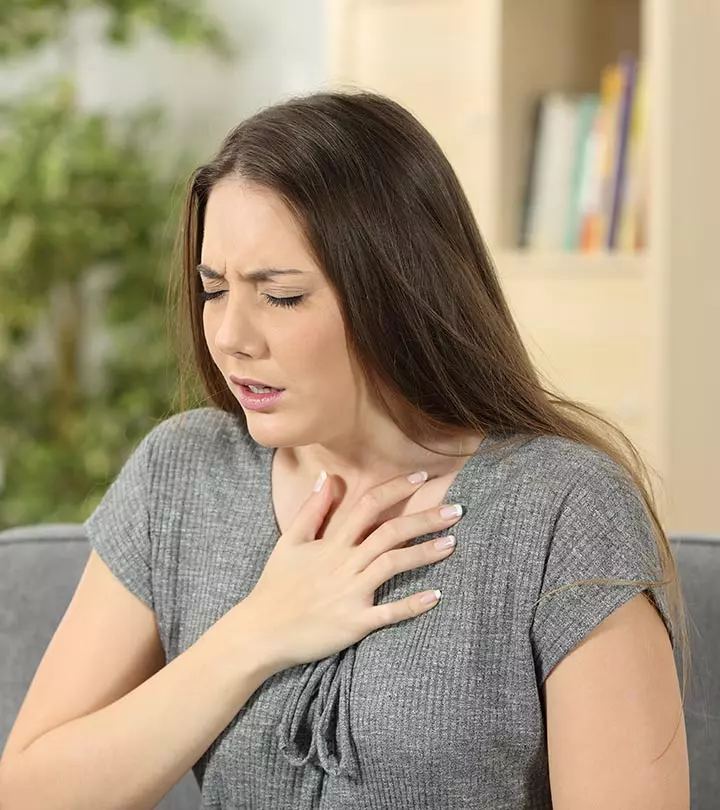
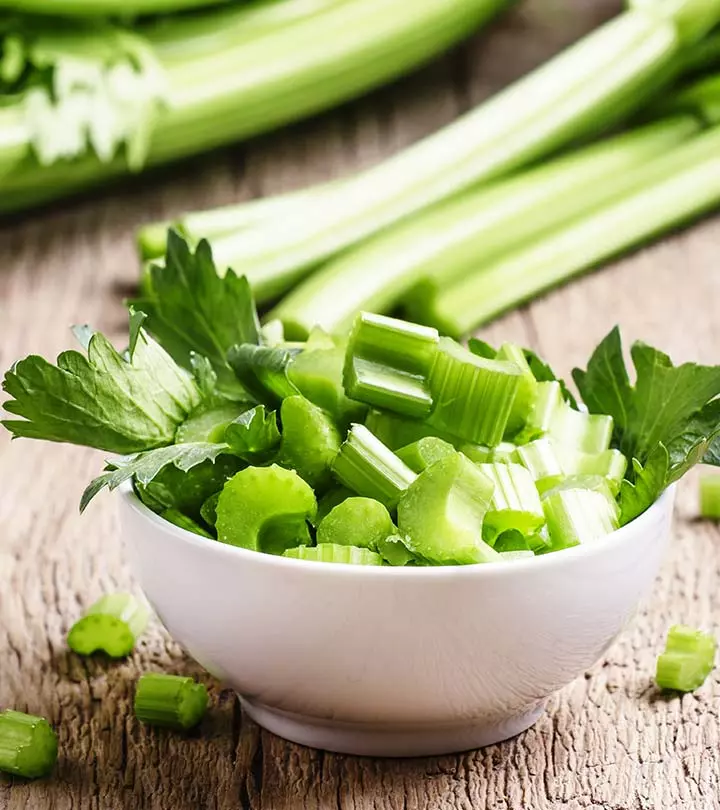
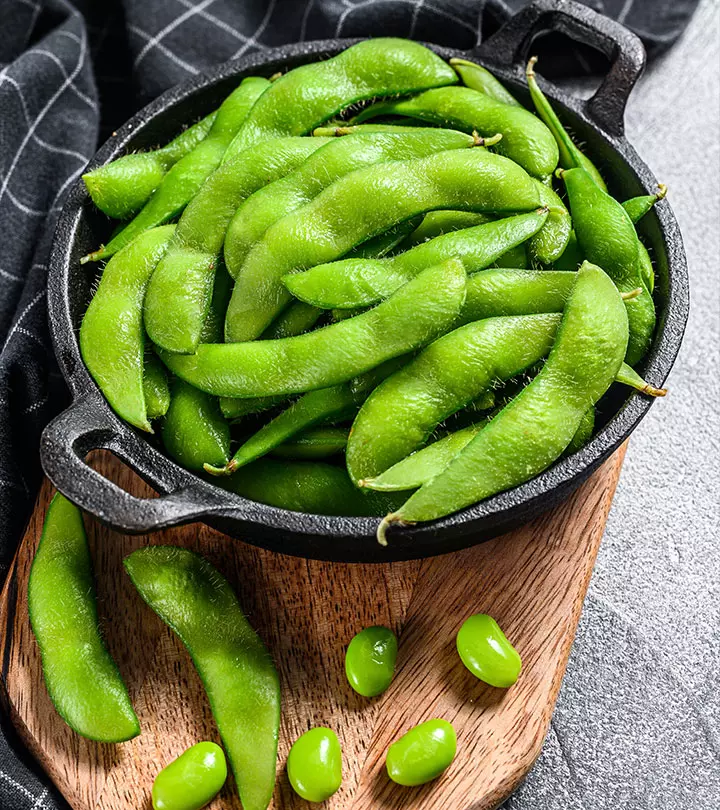




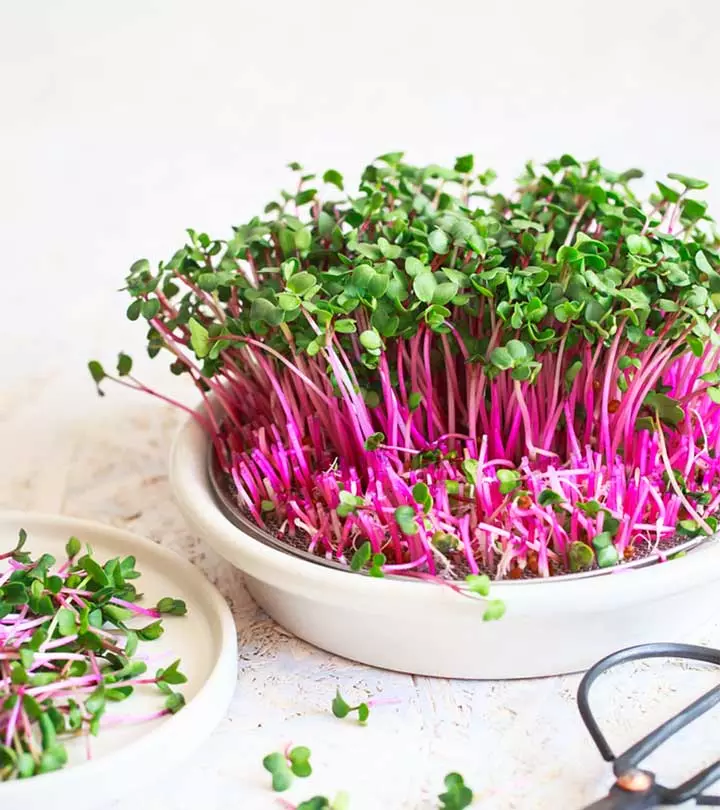


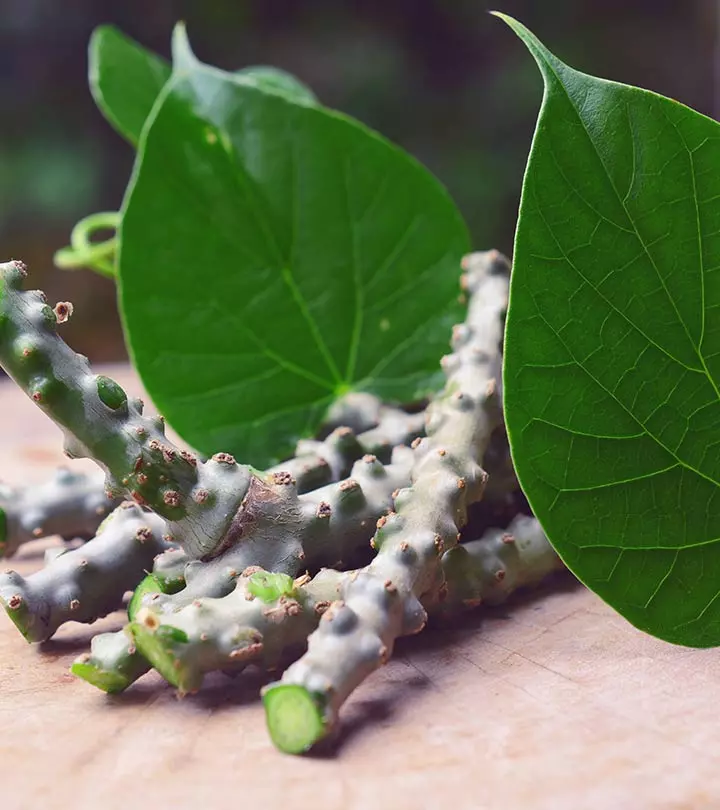



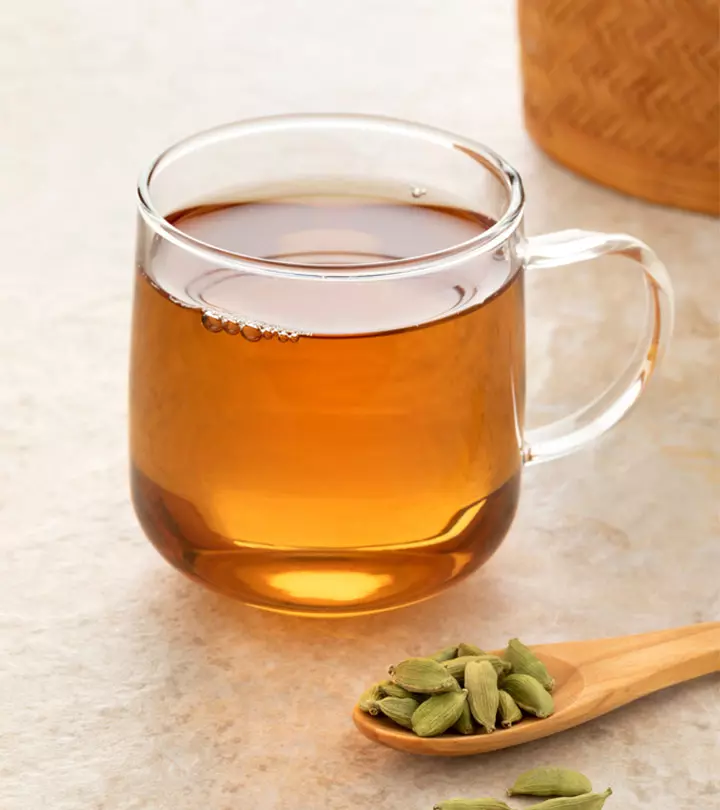
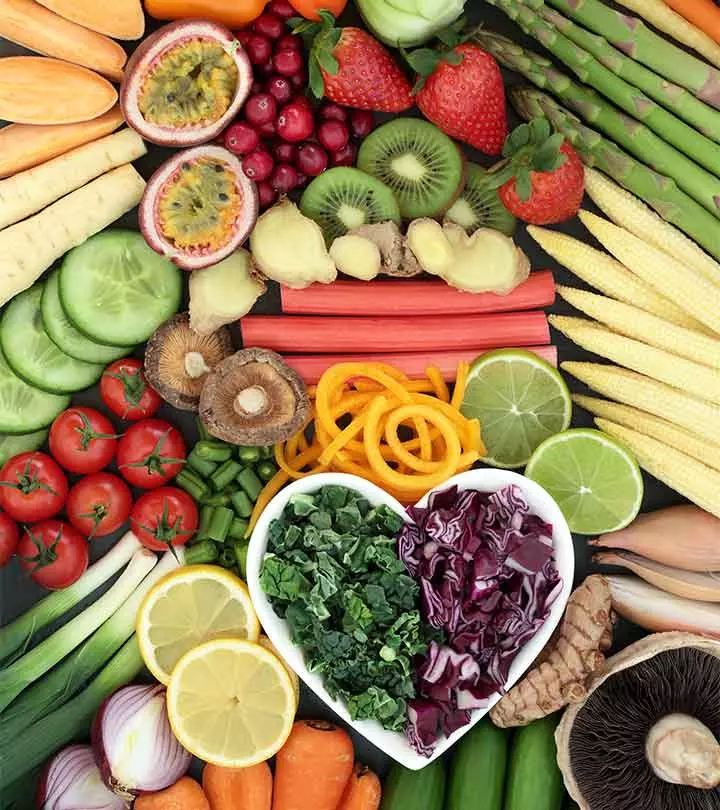
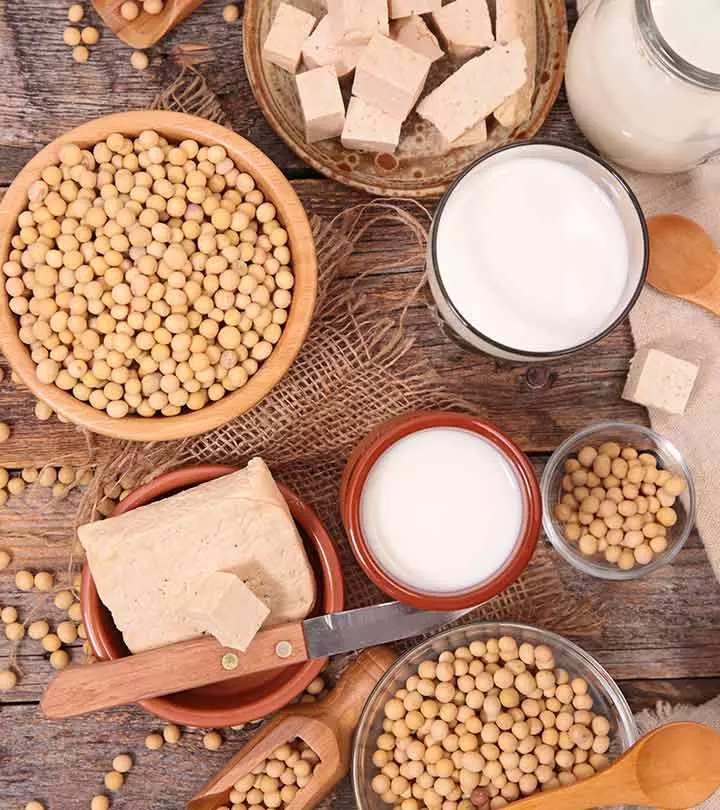
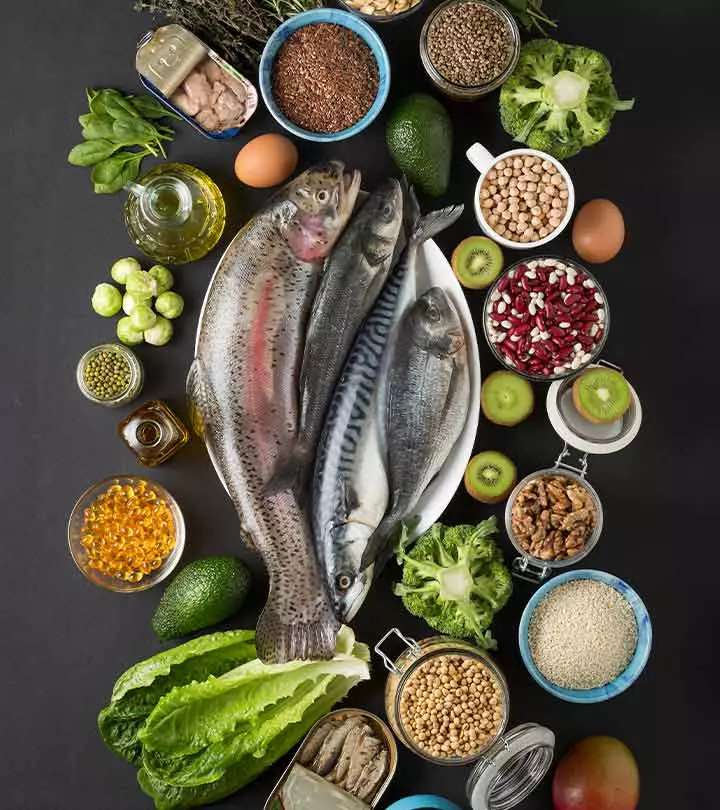
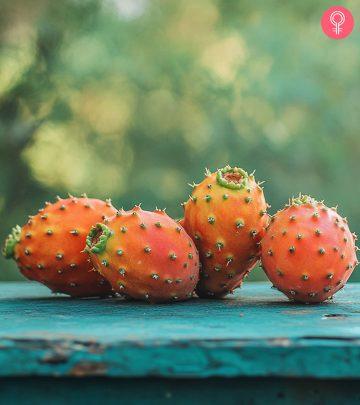
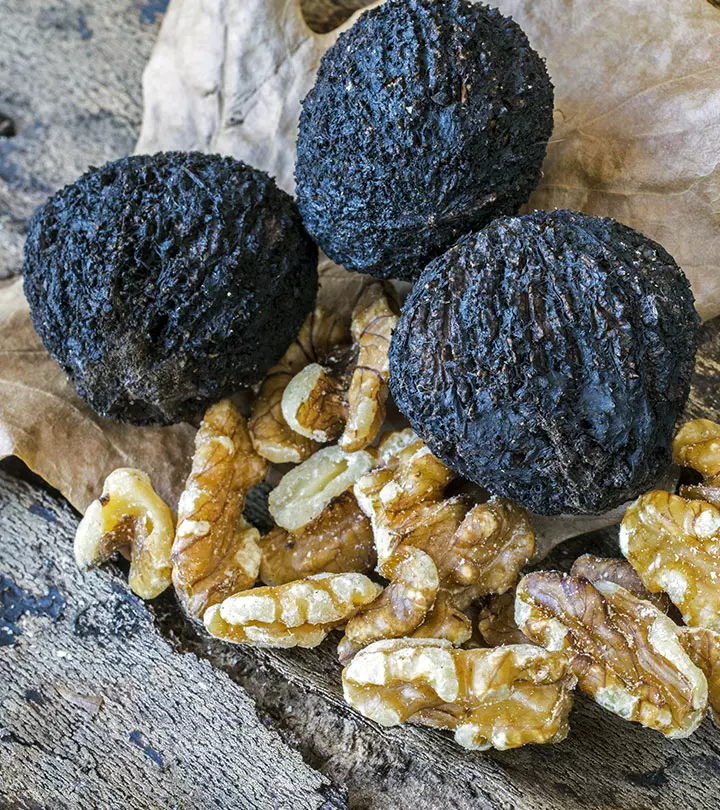
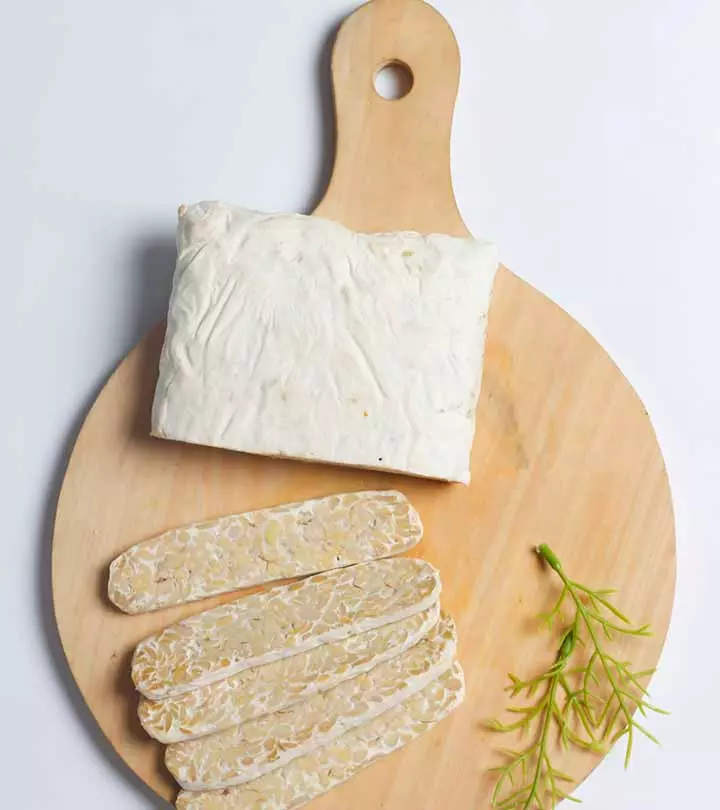
Community Experiences
Join the conversation and become a part of our empowering community! Share your stories, experiences, and insights to connect with other beauty, lifestyle, and health enthusiasts.